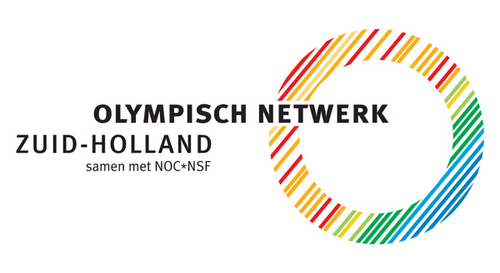Percutaneous Electrolysis, also known as EPTE (Echo-guided Percutaneous Electrolysis) and PNE (Percutaneous Needle Electrolysis), are innovative treatment methods for chronic tendon problems. In the literature and abroad, the abbreviation EPI (Intratissue Percutaneous Electrolysis) is also used. Are you suffering from chronic Achilles tendonitis or tennis elbow that doesn’t seem to heal? Or experiencing heel spurs or plantar fasciitis with limited success from shockwave therapy or orthotics? Then Percutaneous Electrolysis could be a treatment option.
Tendon heals itself
EPTE and PNE are techniques that involve inserting a thin dry needling needle guided by ultrasound into the damaged area of the tendon. Subsequently, a mild electrical current is applied, triggering a controlled reaction that allows the tendon to rebuild itself. When combined with a progressive training program, this leads to the restoration of the tendon tissue.
Focused on the recovery area
This technique utilizes ultrasound for precise and targeted treatment of the affected area, ensuring optimal healing.
EPTE and PNE technique
The EPTE and PNE techniques are used for tendon problems that do not heal properly or spontaneously. In cases where shockwave therapy has not been effective, EPTE or PNE could provide a solution. On average, pain-free functional recovery can be achieved within 3 to 6 sessions. Subsequently, a follow-up program is implemented. Even for chronic and treatment-resistant tendon issues that have persisted for months, this method has proven to be effective and safe, as evidenced by clinical practice and scientific studies. The difference between EPTE and PNE lies solely in the intensity of the current and the perceived pain stimulus during the treatment.
Higher success scores
Several studies have shown that EPTE and PNE yield higher success scores compared to previously used treatment techniques such as PRP (blood plasma injection), friction massage (local massaging of the tendon), NSAIDs (anti-inflammatory drugs), and corticosteroid injections.
EPTE and PNE Treatment
A treatment of EPTE or PNE at SMC Rijnland involves mapping the treatment area using ultrasound. Depending on the size of the area, the intensity and duration of the treatment are assessed. Most patients describe the EPTE treatment as ‘uncomfortable,’ lasting 1 to 2 minutes. The PNE treatment is perceived as a ‘burning pain,’ but given its short duration (3x3sec.), it is very worthwhile. A painful after-reaction is usually not present, and if it occurs, it is considered a normal response indicating that the tendon has been stimulated for recovery. The next EPTE or PNE treatment can take place between 5 and 8 days later.
Indications
• Shoulder region / Supraspinatus Tendinosis or Tendinopathy • Elbow issues, particularly lateral elbow / Lateral Epicondylitis • Achilles tendons / Tendinopathy • Heel spurs Plantar Fasciitis • Patellar Ligament Tendinopathy • Hamstrings • Groin and pubic bone issues / Adductor Longus Enthesopathy • Pubalgia • Bursa problems • Chronic muscle issues
Scientific Studies on Percutaneous Electrolysis
Abat, F., Diesel, W. J., Gelber, P. E., Polidori, F., Monllau, J. C., & Sanchez-Ibañez, J. M. (2014). Effectiveness of the Intratissue Percutaneous Electrolysis (EPI®) technique and isoinertial eccentric exercise in the treatment of patellar tendinopathy at two years follow-up. Muscles, ligaments and tendons journal, 4(2), 188-193.
Asensio-Olea L, Leirós-Rodríguez R, Marqués-Sánchez MP, de Carvalho FO, Maciel LYS. Efficacy of percutaneous electrolysis for the treatment of tendinopathies: A systematic review and meta-analysis. Clin Rehabil. 2023
Rodríguez-Huguet, M., Góngora-Rodríguez, J., Lomas-Vega, R., Martín-Valero, R., Díaz-Fernández, Á., Obrero-Gaitán, E., Ibáñez-Vera, A. J., & Rodríguez-Almagro, D. (2020). Percutaneous Electrolysis in the Treatment of Lateral Epicondylalgia: A Single-Blind Randomized Controlled Trial. Journal of clinical medicine, 9(7), 2068. https://doi.org/10.3390/jcm9072068 (https://doi.org/10.3390/jcm9072068)
Make an appointment
Call 071-3411312 for more information or make an appointment with one of our physiotherapists.






